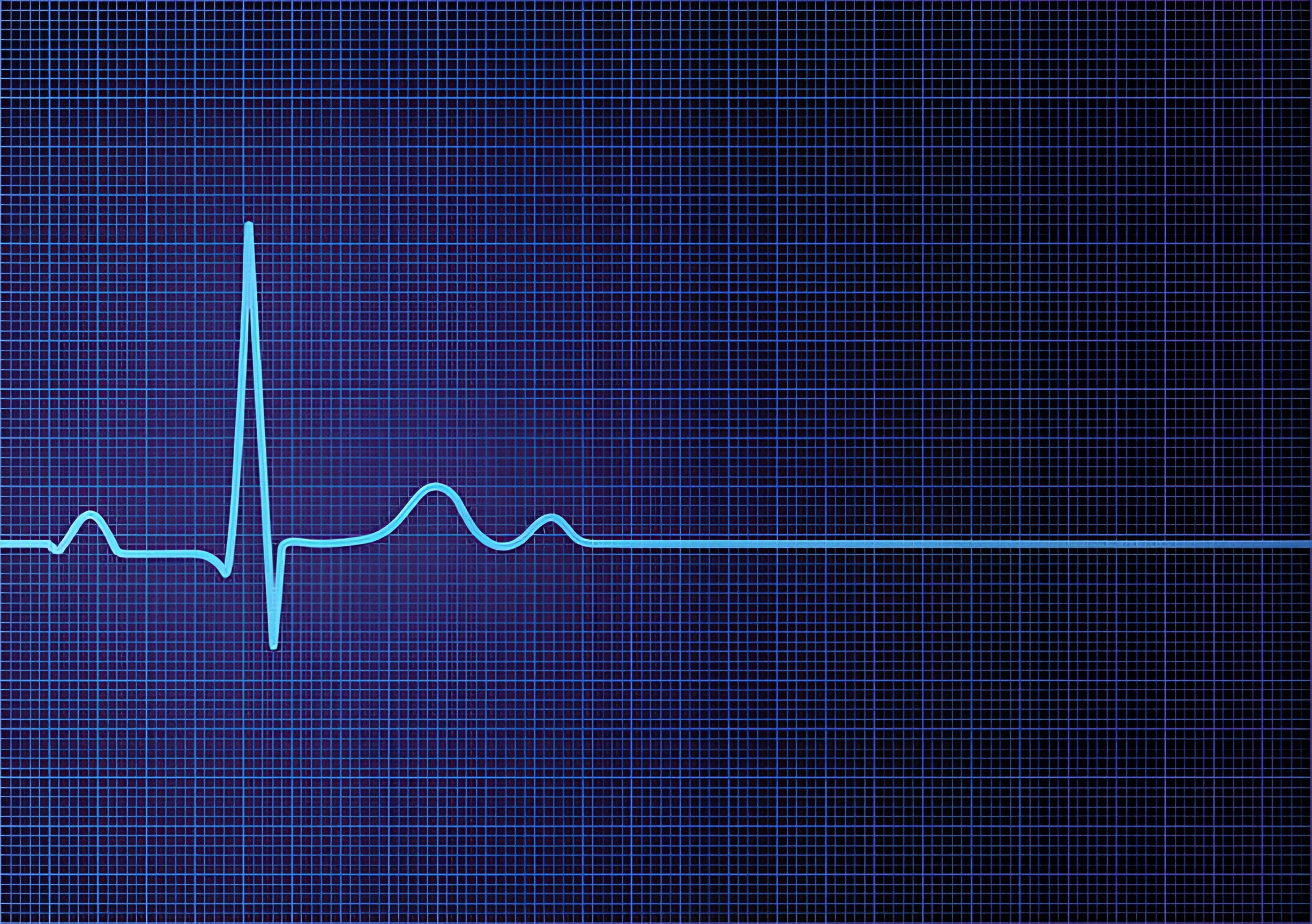
Updated on: June 2, 2024
SVT and VT are similar heart rhythm disorders but vary in their symptoms and occurrence. Heart rhythm faces several concerns on a daily basis, and it is crucial to understand its differences (SVT vs. VT) to know its characteristics and impact. Learn the differences between SVT and VT.
The fundamental difference between SVT and VT lies in the origin of abnormal heart rhythms.
SVT: This originates above the ventricles of the heart and involves abnormal electrical signals. This causes rapid heartbeats.
VT: On contact, VT arises in the ventricles of the heart and distrusts the electrical pathways. This leads to an elevated heart rate.
SVT: It involves a re-entry circuit and causes the signals to loop. This leads to a fast heart rate.
VT: VT takes place during the generation of abnormal electrical signals and disrupts the normal rhythm.
SVT: SVT episodes can start and stop anytime, causing a rapid onset.
VT: VT episodes have a slow onset, but can last for a longer duration. This can be challenging for the rhythm of the heart.
SVT: Common triggers are stimulants and stress.
VT: VT is associated with heart diseases and previous heart attack conditions that involve serious conditions.
It is crucial to differentiate between the symptoms of SVT and VT to diagnose and use appropriate intervention. Here are the differences in symptoms between SVT and VT:
Symptoms of SVT
Symptoms of VT
Although the symptoms might seem similar, the difference lies in the severity of the symptoms. Individuals must seek prompt attention whenever they experience such symptoms.
The triggers for Set and VT involve the following:
Certain medications, especially those health therapeutics that alter heart conduction, might lead to SVT.
Triggers for VT:
It is crucial to understand lifestyle choices to prevent the worsening of conditions. Here is a look at the prevention strategies:
Fatigue
Influence on SVT: Being subjected to stressors such as fatigue, tension, and anxiety can lead to choking or stress. Stress management through techniques such as meditation, yoga, or relaxation therapy can possibly reduce the risk of seizures.
Influence on VT: Stress is an adverse factor, triggering a potential VT attack.
Dietary Considerations:
Influence on SVT: Certain foods, particularly those containing stimulants and caffeine, have been shown to cause pregnant SVT. Caffeinated beverages should be limited to a certain extent, and ensure optimal nutrition.
Influence on VT: A simple, heart-healthy diet devoid of processed foods and saturated with vegetables, fruits, and whole grains would enhance cardiovascular health. This is an effective way to prevent VT.
Alcohol consumption:
Influence on SVT: Consuming an excessive amount of alcohol often increases SVT. Moderation and even quitting would therefore form part of the precautionary strategies.
Influence on VT: Alcohol and tobacco consumption ensures cardiovascular diseases, and diminishes these factors such as straight up quitting them can elevate heart health and decrease the likelihood of experiencing VT.
Regular Exercise:
Influence on SVT: Moderate exercise done daily contributes to heart health and may favor the prevention of paroxysmal atrial tachycardia.
Influence on VT: Regular exercise is an important component of comprehensive cardiovascular fitness. As cardiovascular fitness may lower the risk of VT, it is crucial to ensure regular exercise.
Monitoring medication interactions:
Influence on SVT: Some medications may cause SVT by overstimulating the heart. Community follow-up after discharge, communication with healthcare providers, and often monitoring for medication side effects are all essential.
Influence on VT: One of the core components of treating heart disease with drugs is the management of groups, and the prevention of VPB is achieved by learning how to avoid these interactions.
Hydration:
Influence on SVT: The dehydration can also cause SVT. Travel can induce dehydration and it’s important to prevent them by ensuring sufficient hydration.
Influence on VT: While not the main cause, drained hydration boosts the general well-being of heart functioning and may be one of the mediating factors.
Conclusion
Distinguishing between ventricular tachycardia and supraventricular tachycardia is crucial for diagnosis and proper management. They are similar in heart responses; however, the triggers need identification. Study the blog, VT vs SVT and learn the prominent strategies to prevent its symptoms.